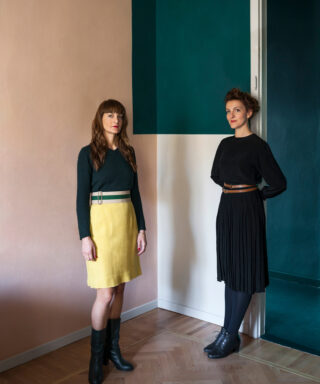Studiopepe
Carbon footprint of Pink Moon
Studiopepe's design is inspired by a Nick Drake song about the Pink Moon which typically appears in April and is seen as a sign of rebirth after the trials of winter. The ‘pink’ in the name comes from flowers in the United States that blossom in spring and signify that life goes through cycles. Pink Moon symbolises events during April 2020 in Italy, the home of Studiopepe, when the designers looked forward to "rebirth" after the pandemic. The very low carbon footprint of Pink Moon highlights the potential for innovative design to contribute to this brighter future. It seems appropriate that the strong environmental performance is heavily dependent on use of maple, an archetypal American hardwood.
It seems appropriate that the strong environmental performance is heavily dependent on use of maple, an archetypal American hardwood.
The carbon footprint of Pink Moon is -(minus)80 kg CO2 eq., implying the design is better than carbon neutral. A very high proportion (98%) of the finished furniture comprises sustainable maple, carefully crafted to minimise the need for glues and fixings. There is very high conversion efficiency so that 88% of the wood (and it’s store of carbon) delivered to Benchmark is incorporated in the finished product. Low energy input during manufacturing and Benchmark’s reliance on a renewable energy supplier add to the strong environmental performance.
It takes less than a second for the 122 kg of maple used to manufacture the design to be replaced by regrowth in the U.S. forest
Total carbon emissions during all stages of material extraction, processing and transport, and for manufacturing at Benchmark are 96 kg CO2 eq. These emissions are offset by 6 kg CO2 eq. due to burning of wood offcuts at Benchmark (which substituted for fossil fuel) and 170 kg CO2 eq. of carbon stored in the wood. This is sufficient to offset a 626 km drive in a typical family car or 3.4 days of carbon emissions by the average EU citizen. It takes less than a second for the 122 kg of maple used to manufacture the design to be replaced by regrowth in the U.S. forest.
